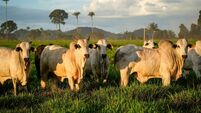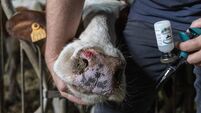Half of our beef comes from farms earning €12,660 on average

Our one million suckler cows are the source of about half of Ireland’s total beef production, playing a vital role in our €2.4 billion beef exports business.
Sucklers are at the heart of our most important farming sector, the beef farms that produce over 30% of our gross agricultural output.










